A phone charger has become a must-have piece of equipment because many of our lives depend on mobile phones. So, we need to know how many watts a phone charger uses to manage our power supply, especially in off-grid setups, and estimate how much the phone charging contributes to the monthly power cost. Fortunately, phone chargers are not very power-hungry, but frequent phone users must charge their phones regularly so that they can add up.
Key Takeaways About Laptop Wattage
- A regular phone charger uses 5 watts on average. Then, there are 10 watts and 30 watts chargers too.
- However, fast chargers, too, can consume up to 100 watts an hour.
- A 5-watt charger is used for 3 hours daily, consuming 15 watt hours daily, 450 watt-hours a month, and 5.4 kiloWatt hours per year.
- A solar generator is the best way to charge your phone for the lowest cost while providing a stable and reliable power supply.
How Many Watts Does A Phone Charger Use?
Definition Of Amps, Volts, Watts, Running Watts, Watt-Hours
- Current is the rate of flow of electricity and is measured in amps (A)
- The number of volts is the energy required by an electronic circuit.
- Watts is the unit of power, the energy a device consumes. Power is calculated as voltage multiplied by the number of amps.
W = V x A.
- Running Watts. Running watts are also called rated watts. It is the number of continuous watts needed to keep electric equipment running.
- Watt-Hours. Watt-hour is a unit of capacity. It is calculated by multiplying the number of Amps with the battery voltage.
Capacity = Volts x Amps
How Many Watts Does a Phone Charger Use in 1 Hour?
How many watts a phone charger use in one hour depends on the wattage of the charger. So, if you are using a 5W phone charger, it will consume 5 watt-hours for one hour, and if you use it for 3 hours, it will consume 15 watt-hours. How many watts a phone charger uses is equal to the following;
Wattage x Hours
How Many Watts Does A Phone Charger Use?
How many watts a phone charger charges a phone depends on various factors. It includes the charger ratings, the time it takes to charge the phone, and the charger's and battery's efficiency.
A regular phone charger consumes 5W an hour, while high-performance chargers may eat up to 30 to 100 watts of power an hour. A regular phone charger fully charges your phone from 0 to 100 within 3 hours. We will calculate the monthly consumption on 2 hours per day average.
|
Charger Wattage |
Power Consumption Per Hour |
Power Consumption Per Month(2 Hours Per Day) |
|
5W |
5 Watt-Hours |
10 Watt-Hours |
|
10W |
10 Watt-Hours |
20 Watt-Hours |
|
18W |
18 Watt-Hours |
36 Watt-Hours |
|
30W |
30 Watt-Hours |
60 Watt-Hours |
What Size Generator Do I Need For Phone Charger When Off Grid
As we already discussed, the phone chargers are not very power-hungry. How many watts a phone charger uses in an off-grid setup decides the size of the generator. Solar generators are the best choice for off-grid setups. The Jackery solar generators are silent, fumes-free, low maintenance, and weather resistant; hence they make the best choice for going off the grid in all arrangements. You can use them for van life, camping, boat camping, and also as an emergency backup at home.
The Jackery has various generators catering to different wattage requirements and budgets.
Best Solar Generator For Phone Charger
Phone chargers need a fraction of your daily power consumption so a small-sized solar generator can fulfill the requirement. However, it is advisable to use a small to medium size generator that can also power other critical pieces of equipment. The Jackery Solar Generator 240 v2, Jackery Solar Generator 300 Plus, and Jackery Solar Generator 500 are the most suitable for charging and powering up the most critical electronic equipment. These generators have multiple input and output ports that simultaneously power multiple devices. Also, they can be charged using solar panels, carport, and AC outlets, so there are many options to keep you up to date and sufficiently powered up.
Jackery Solar Generator 240 v2
The Jackery Solar Generator 240 v2 is the compact charging solution that can power small appliances such as mobile phones and cameras. It has a foldable handle and compact design, making it easier to carry around. Whether you are planning a short hiking trip or want to just camp at a nearby location, the solar generator would be an ideal companion for power needs.
Jackery Solar Generator 300 Plus
The Jackery Solar Generator 300 Plus is another lightweight and portable charging solution that fits into your backpack. It can be a reliable companion while backpacking, hiking, or camping. Featuring a foldable handle and compact design, you can take the power station anywhere you go and charge essential appliances such as mobile phones.
Jackery Solar Generator 500
The Jackery Solar Generator 500 is for those planning a long camping trip with friends or family. It has enough power to handle essential electronics such as mobile phones, lights, cameras, drones, electric blankets, etc. It features multiple output ports to charge multiple appliances simultaneously. It has a sturdy handle, so you can carry the solar generator anywhere.

|
Jackery Products |
Portable Power Station Capacity (Watt-Hours) |
Outputs Ports |
Phone Charger Running Wattage |
Supported Working Hours (When the Portable power station is fully charged) |
|
|
Jackery Solar Generator 240 v2
|
256Wh |
AC Output(x1): 120V~ 60Hz, 2.5A, 300W Rated, 600W Surge peak USB-A Output(x1): 15W Max, 5V⎓3A Max USB-C Output(x1): 15W Max, 5V⎓3A Max USB-C Output(x2): 100W Max, 5V⎓3A, 9V⎓3A, 12V⎓3A, 15V⎓3A, 20V⎓5A Car Port(x1): 12V⎓10A |
5 |
14 Hours |
|
|
10 |
10.5 Hours |
||||
|
30 |
5.2 Hours |
||||
|
Jackery Explorer 300 Plus Portable Power Station
|
288Wh |
|
5 |
15.7 Hours |
|
|
10 |
11.8 Hours |
||||
|
30 |
5.9 Hours |
||||
|
|
518Wh |
AC Output: 110VAC, 60Hz, 500W (1000W Surge) 2 x DC Output: 12V, 7A 3 x USB-A Output: 5V, 2.4A |
5 |
88 Hours |
|
|
10 |
44 Hours |
||||
|
30 |
14.6 Hours |
Please note that the actual runtime may vary from that mentioned above and this calculation is for reference purposes only.
How do we calculate the working hours:
The Running Time Calculator on each Jackery Solar Generator product page has you covered. Go to the solar generator’s page, scroll down to find the calculator, and enter your appliance’s wattage. Hit enter, and you’ll get an estimate of the runtime. For example, the Jackery Solar Generator 300 Plus, with a 288Wh battery, can power a mobile phone (55W) for around 4.2 hours. Just keep in mind that these estimates are approximate and can vary slightly.
FAQ about Phone Charger wattage
1. What is the average phone charger energy consumption?
How many watts does a phone charger use? This is a relative question as many factors affect the charging speed of a phone charger and, eventually, the power consumption. However, the average phone charger uses 5 to 10 Watts, while fast charging may consume up to 30 to 100 Watts.
2. How much electricity does a phone charger use?
The average phone charger takes about 3 hours to charge a phone fully. So, when you use a 5 watts charger, you will consume 15-watt hours of power capacity every day.
3. What is a fast phone charger?
A fast phone charger is technically a USB 3.1 Power Delivery. It uses more power and can charge your phone in less time than regular phone chargers. A fast charger can consume 30 to 100 watts of power and charge your phone 2-4 times faster.
Conclusion
How many watts a phone charger use is a frequent question. Though a phone charger doesn't consume too much power, you need it to keep your phone running daily. It is also important to know how much power backup you need for your charger so that you can estimate your solar generator power needs in case you decide to off-grid setup. We recommend the Jackery solar generator because it is lightweight, environmentally friendly, and supports multiple devices.






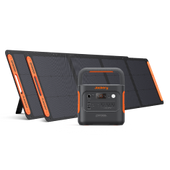

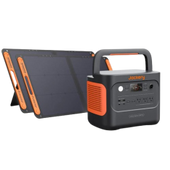
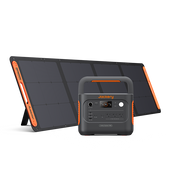
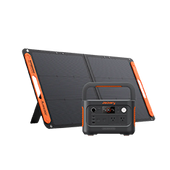


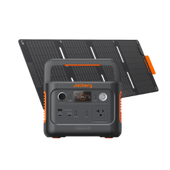
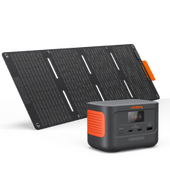
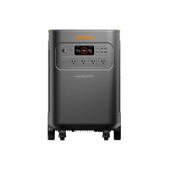

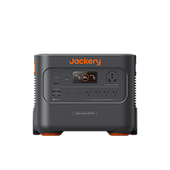
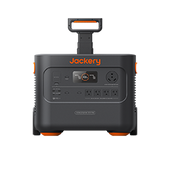
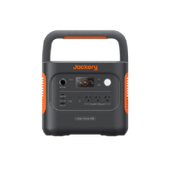
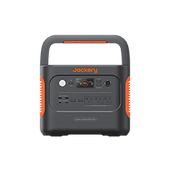
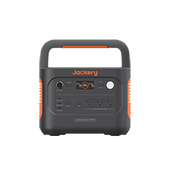

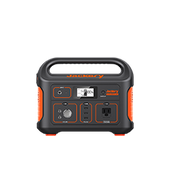
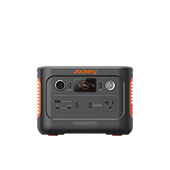

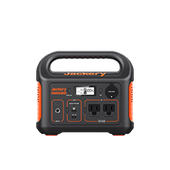

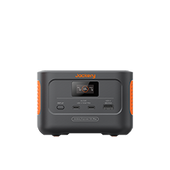



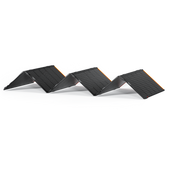
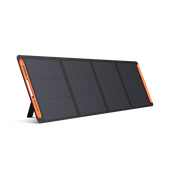
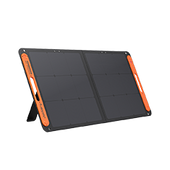
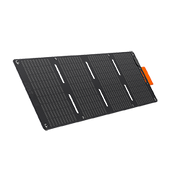














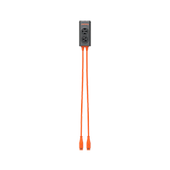


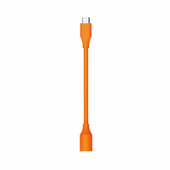



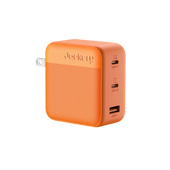

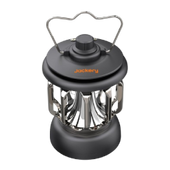




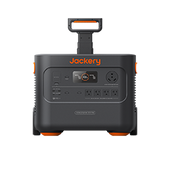

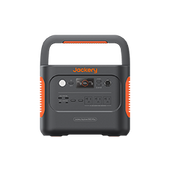
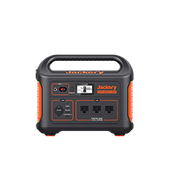

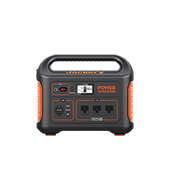
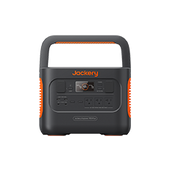
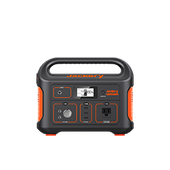
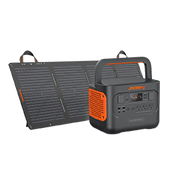
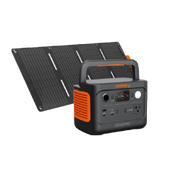




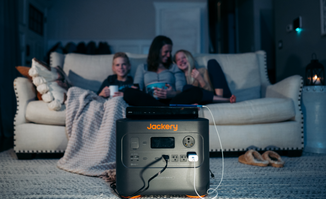


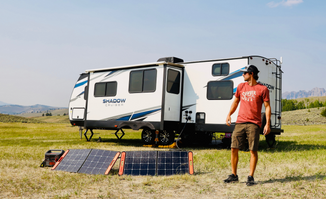









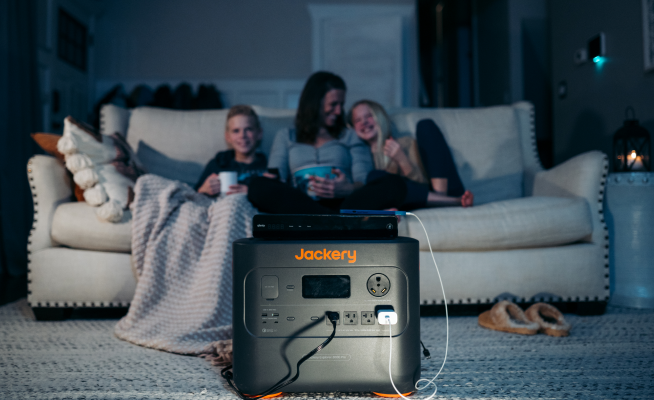


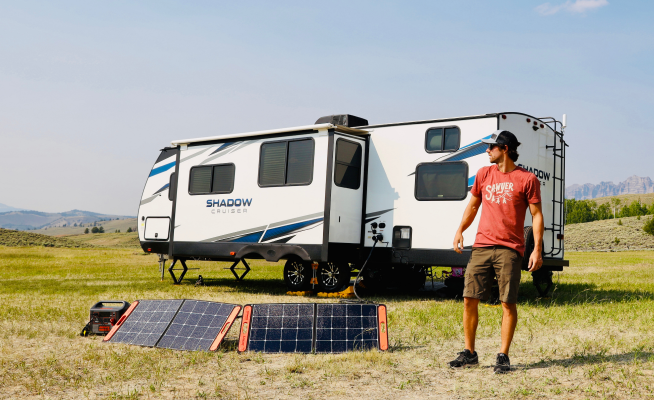


















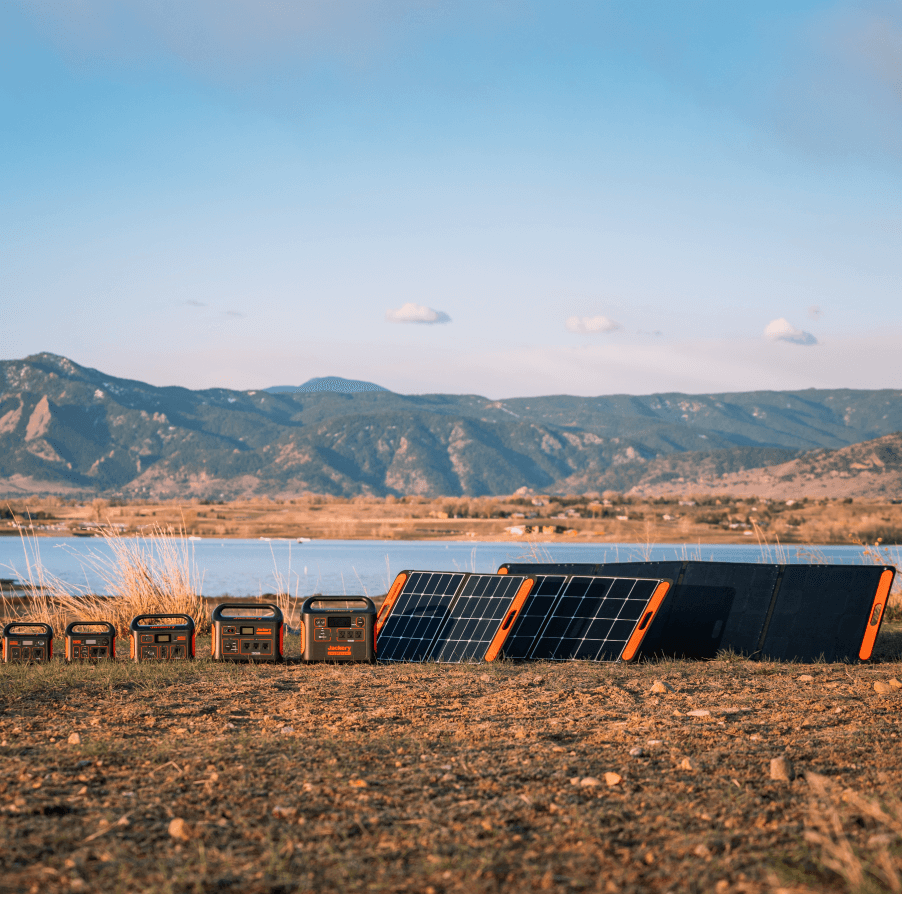


Leave a comment